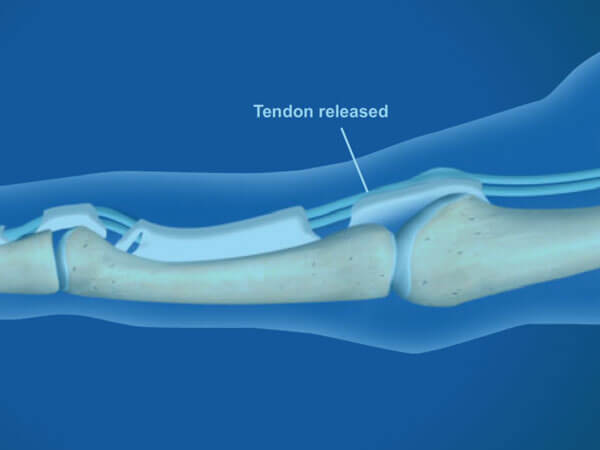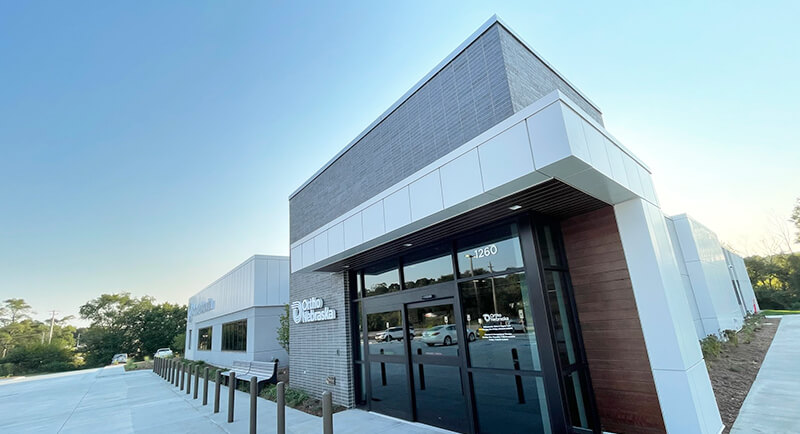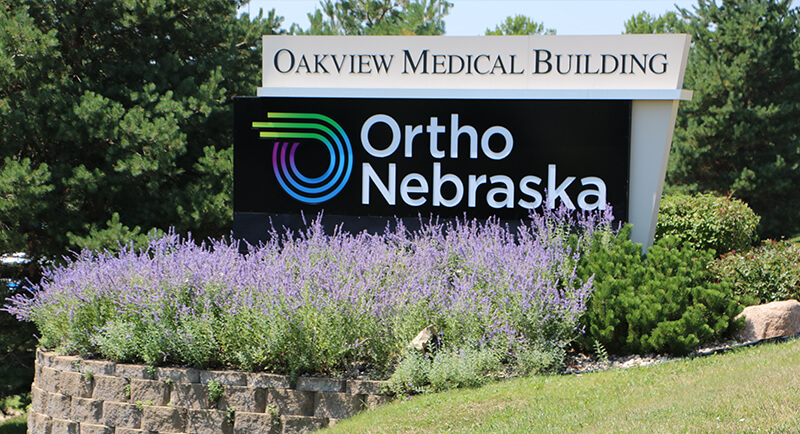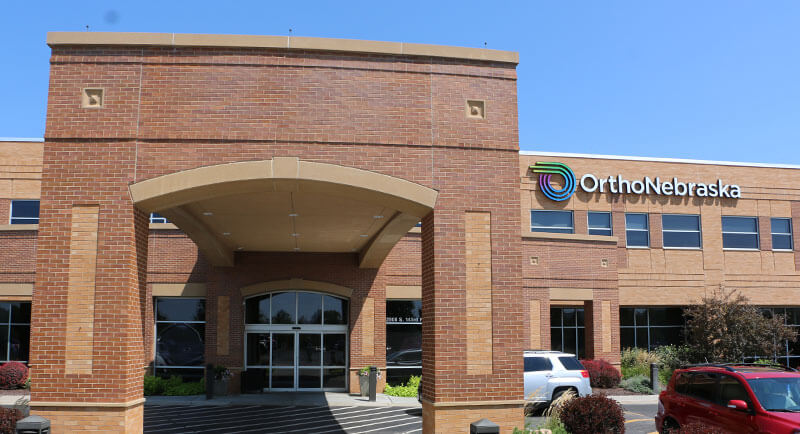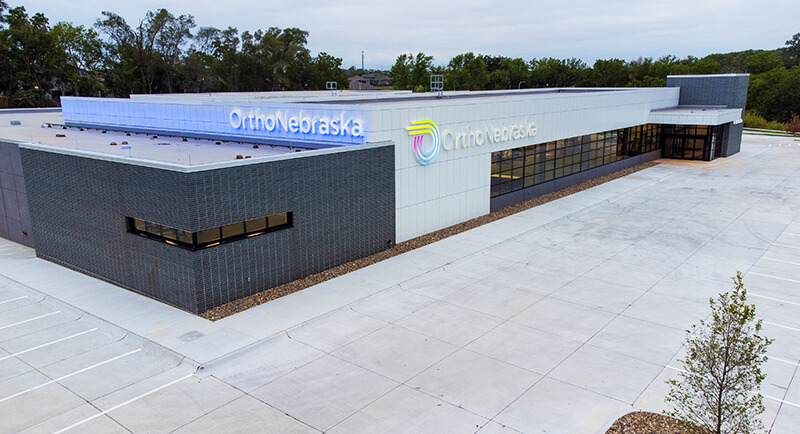What is a Trigger Finger Release?
The goal of the surgery is to fix the irritated flexor tendon so it can move more freely and also reduce any other symptoms like pain, swelling, popping or palm lumps. Typically, this involves making a small incision in the A1 pulley, which connects the tendon to the bone.
Who should have a Trigger Finger Release?
Nonsurgical treatments are often tried first. These can include rest, a splint, taking medications, stretching exercises, receiving steroid injections, or a combination of those. If those have failed or if your finger is stuck or has really limited range of movement, surgery may be recommended sooner.
Does Trigger Finger Release work?
With a general success rate of over 90 percent for trigger finger relief, this is considered a very low risk and high reward surgery, particularly when performed by a hand surgeon like the ones at OrthoNebraska. It carries the same risks as any surgical procedure, including blood clotting, infection and reaction to anesthesia. If a loss of motion was present before surgery, complete range of motion may not return; however, most experienced hand surgeons will test the finger during surgery and do everything possible to restore range of motion during a single surgery.
What can I expect when I have a Trigger Finger Release?
This procedure can be done in the office or in the hospital, depending on your surgeon and the exact nature of the surgery recommended. Usually, local anesthesia will numb the hand and wrist and a mild IV sedative will help you relax during surgery. You will go home immediately if performed in the office, or after a few hours if done in the hospital.
Some pain and swelling are common after the surgery, but you’ll be encouraged to start moving your fingers right away. Recovery is usually a few weeks, but the swelling may last for up to six months after your procedure. Physical therapy and finger exercises may help quicken your recovery process.


